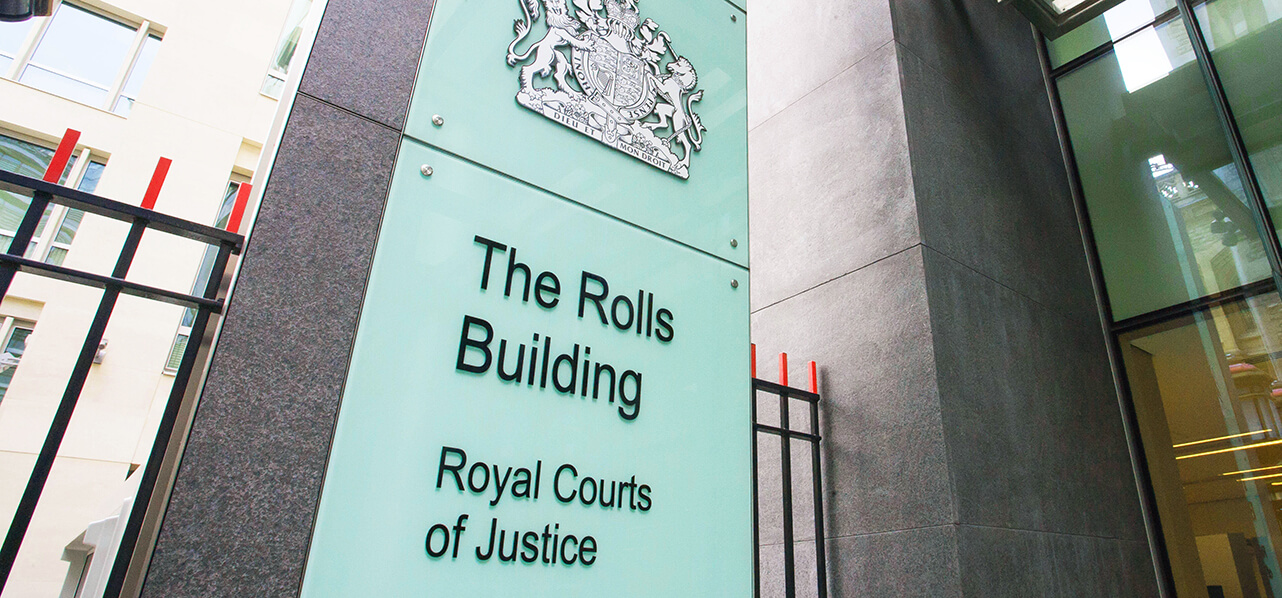Counsel Rome
"The revision aims to provide greater certainty for AI operators and consumers as to the applicability of the rules on defective products for new technology."
The growth of Artificial Intelligence and smart products in the European market is proving to be a complex challenge for EU law. In the face of new technologies, there has emerged a need to adapt existing regulatory schemes to ensure a consistent level of market security and consumer protection despite the different commercial contexts.
As such, in addition to the Artificial Intelligence Act, which has been designed a systematic and comprehensive intervention in the AI sector, European lawmakers are now focusing on the issue of civil liability. Here, with regards to AI operators specifically, the EU Commission (the “Commission”) launched a public consultation process which led to a number of proposals for directives from interested parties which were published on 28 September 2022.
The Proposal for an “AI Liability Directive” (the “Proposal”, previously reviewed by us here) introduces a detailed liability system for the sector. In particular, the Proposal sets out uniform rules to alleviate the burden of proof for those who have suffered damage due to an AI system failure whilst also setting out broader protections for individuals. These changes, however, only apply to liability for wrongful behaviour and do not cover risks arising from the production or consumer use of smart products (save for violations of ex ante safety regulations).
It is for this reason that the Commission has simultaneously proposed an ambitious second reform: to amend Directive 85/374/EEC (the so-called Product Liability Directive “PLD” or the “Directive”). The revision aims to provide greater certainty for AI operators and consumers as to the applicability of the rules on defective products for new technology. The PLD, one of the oldest touchstones of EU market regulation, will retain its well-established structure based on the strict liability of manufacturers whilst being modernised where needed. Key proposed changes include:
"The increasingly widespread availability of smart products makes sectoral harmonisation measures insufficient and requires a full-scale review of market rules to ensure the delicate balance between consumer protection and incentives to invest in new technology."
- Broader scope: both the definition of “product” and the scope of the Directive are to be significantly expanded to include software and “digital manufacturing files” (i.e. a digital version or digital model of a portable good). The list of compensable damages has also been widened to include medically ascertainable psychological health damage and loss or damage to data not exclusively used for professional purposes;
- New defectiveness tests: Article 6 of the Proposal, which regulates “defectiveness”, contains other noteworthy innovations. Its new definition substantially overlaps with the one in current Directive, stating that a product “shall be considered defective when it does not provide the safety that the public at large is entitled to expect”. However, the test has been adapted to cover digital devices, such as cyber-security requirements, and potential adverse effects on the product caused by any ability to continue to learn after deployment;
- Renewed liability regime: consistent with the Proposal, Articles 8 and 9 of the proposed revised PLD would introduce favourable provisions for injured parties regarding the allocation of the burden of proof. It would also include a duty to disclose evidence for manufacturers and, in the event this duty is not fulfilled, a resulting presumption of proof of product defectiveness. In addition, Article 9 of the Proposal extends this presumption to cases where (i) a claimant establishes that a product does not comply with mandatory safety standards intended to protect against the risk incurred; or (ii) a claimant establishes that damage was caused by an obvious malfunction of a product during normal use. The new text also proposes a presumption of a causal link between defectiveness and damage, where both defectiveness and a logical consistency between it and the damage caused are established. More generally, judges would be given the option of using presumptions when evidence is excessively complex, thus recognising how, especially when faced with highly technological products, consumers can’t easily produce the required proof; and
- Finally, Article 10 would amend exemptions from liability to take into account new parties and products. Of these, one stands out in particular: the post-market defectiveness exemption (Article 10(1)(c)). This exemption would no longer apply when the defectiveness of a product is caused by: a) a related service; b) software, including updates; or c) the lack of software updates necessary to ensure safety, provided this is within the manufacturer’s control.
The proposed revision of the PLD is one example the EU legislature’s attempt to address the increasing importance of AIs. The increasingly widespread availability of smart products makes sectoral harmonisation measures (such as the Artificial Intelligence Act and the “AI Liability Directive”) insufficient and requires a full-scale review of market rules to ensure the delicate balance between consumer protection and incentives to invest in new technology.
As a result, the regulatory turmoil of the past few months has not affected s AI specialists alone, but all market participants, who are required to adapt to the constant regulatory upheavals in order to avoid liability and penalties that could damage them both economically and reputationally.



